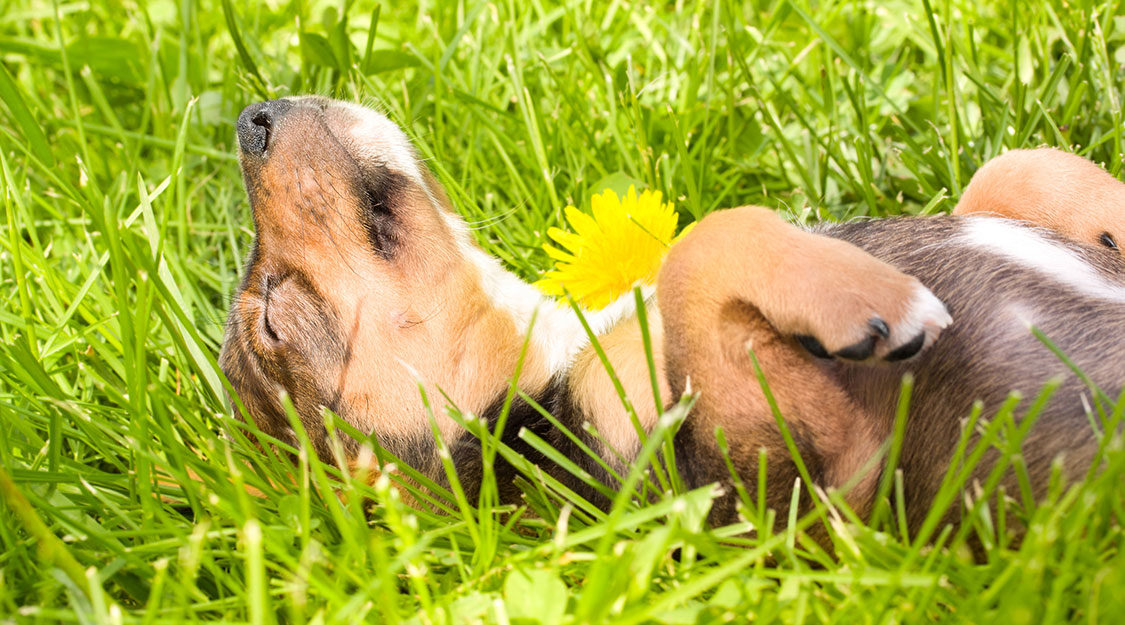How to get your dog to respect your garden Part 2
Does your yard resemble the moon’s surface, riddled with craters everywhere? When resolving a digging problem, it helps to know why your dog digs. Reasons for digging are many: to relieve boredom, to hunt vermin, to create cooling pits, to escape under fences and to underneath buried treasures, the list goes on…
A dog left in the yard to exercise alone may choose digging as an entertaining way to burn up excess energy. If the soil has been recently tilled to ready it for planting, it’s softer and more enjoyable to dig in than dry, hard-packed soil.
Prevent dogs from digging in newly tilled or freshly planted sections by fencing off your garden patches, laying chicken wire on top of plant beds, or accompanying your puppy on its outings and directing its play toward more wholesome pursuits, such as fetch or hide-and-seek.
Terriers and Dachshunds were bred to hunt vermin, a task that includes dashing down holes to dispatch them. If your lawn is beset by moles, voles, groundhogs or other small mammals, your Parson and Jack Russell, Cairn, Westie or other earth-dog breed will embark on an extermination mission.
The genetic urge to catch and kill these pesky critters is so strong in these breeds that walking them on-leash while they’re in the yard may be the only way to control the digging until you can clear your yard of these interlopers.
During hot summer months, some dogs, particularly the heavily coated northern spitz-type dogs (such as Siberian Huskies, Samoyeds and Alaskan Malamutes, to name a few) frequently cool themselves by digging pits in shady areas to unearth moister ground. Plastic wading pools filled with a few inches of cold water can serve the same purpose while saving your sod. Keeping your pup inside the air-conditioned home during the hottest parts of the day is also wise.
Is your pup digging for sport?
If so, then you had better choose an out-of-the-way spot in the yard in which to establish a doggie digging pit, because this sporting habit is not likely to change. It doesn’t have to be huge – a square 1½ to 2 times your dog’s body length should do it. Put some sort of visual boundary around it – flat, light-colored stones would be just fine.
Till or aerate the soil, and add a little sand so it’s more pleasant to dig in the pit than elsewhere in the yard. To make it even more appealing, toss in a few biscuits or chewies and call your dog over to dig them out.
When you catch your puppy digging in another part of the yard, interrupt it and direct it to the digging pit. When you catch your pup digging in the pit, reward the behavior. Now you’re well on your way to a pothole-free yard!
